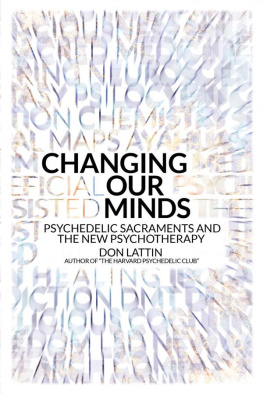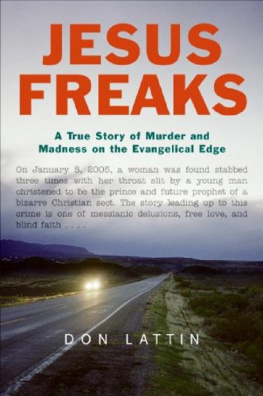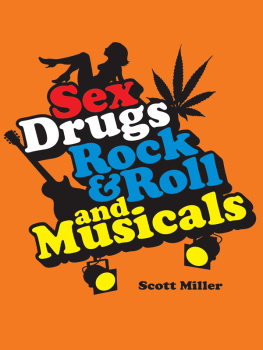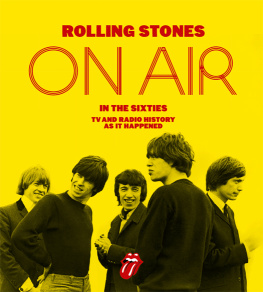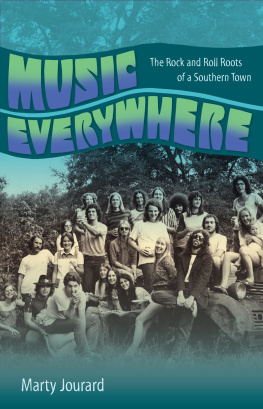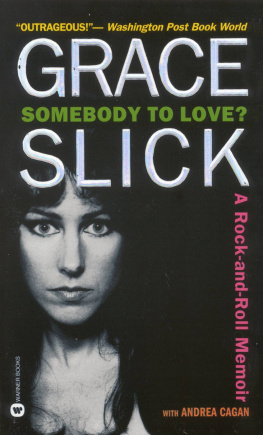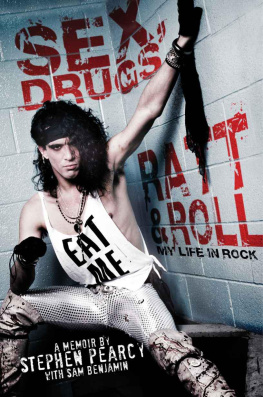F or the past two decades Ive covered the religion beat for daily newspapers in San Francisco, a city where the dominant religious preference seems to be none of the above or perhaps all of the above. Ive met Mother Teresa, held hands with the Dalai Lama and Thich Nhat Hanh, interviewed Billy Graham and Krishnamurti, cracked jokes with the Mormon prophet, and flown on the popes plane. Oh, the messiahs I have known! Once I chased an American guru all the way out to his own private island in Fiji, where he was on retreat with a former Playboy playmate (Miss September 1976) and his eight other wives. Ive investigated so many spiritual teachers, self-help swamis, and cult leaders that Ive completely forgotten some of them. There have been many more memorable and compassionate souls, but too much corruption alongside all that compassion. Occupational hazard, I guess, hanging out in the dim alley where cynicism meets skepticism, looking for a little light.
This book began with the stories of children born into the Sixties counterculturecults, communes, meditation centers, and other alternative spiritual groups. The idea was to look at the Sixties through their eyes and hear the lessons learned by their parents. Along the way, it grew into a larger look at the spiritual legacy of the Sixtiesat how feminism, the drug culture, the sexual revolution, rock n roll, and the gay rights movement have challenged the religious establishment and shaped our lives. These are not only in San Francisco stories. They are drawn from scores of interviews with people living in Texas, Tennessee, Montana, New York, South Carolina, Oregon, Arizona, and elsewhere. This is an American story.
It could not have been told without the friendship and critical assistance of Aimee Chitayat, Mitch Clogg, George Csicsery, Antonia Lattin, Susan Rock, and Cheryl Daniels Shohan. Many thanks to Wendy Miller and my colleagues at the San Francisco Chronicle for giving me a leave of absence to work on the manuscript; to the wise counsel of my agent, Amy Rennert, for getting it to the publisher; to the sharp eye of my editor, John Loudon, and his able assistant, Kris Ashley, for getting it into print; and to my wife, Laura, and the girls, for putting up with me through all of the above.
Are you experienced?
Have you ever been experienced?
Well, I have.
ARE YOU EXPERIENCED
JIMI HENDRIX , 1968
W e were a restless bunch, helplessly hoping, endlessly searching for ecstasy and enlightenment. We didnt want to believe it. We wanted to feel it. We wanted to experience something beyond doctrine, dogma, and denominationalismwhether through Jesus, peyote, or a charismatic swami from the East. We were, famously, into spirituality, not religion.
What began with a call for what we could do for our country ended for many with a search for ourselves. Along the way a generation came of age, embracing the values, and the antivalues, of the era. Old forms of faith and family collapsed, and the search was on for something new. Parents acted like children and children like parents. We were a generation that was not content to stay in the suburbs and pray to God on Sunday morning. Many of us wanted to see God, to be God, or to at least recapture the ecstasy and revelation of that eye-opening acid trip we couldnt get out of our system.
In his memoir, Sleeping Where I Fall, actor Peter Coyote describes his life in the Sixties as the pursuit of absolute freedom. He wanted to live in the perpetual present. Coyote rolled out to the West Coast in 1964 and soon fell in with the Diggers and the San Francisco Mime Troop, two guerrilla theater groups that mixed radical politics with prehippie antics. From our point of view, he writes, freedom involved first liberating the imagination from economic assumptions of profit and private property that demanded existence at the expense of personal truthfulness and honor, then living according to personal authenticity and fidelity to inner directives and impulses.1 Does that sound high-minded? Dont worry. Coyote goes on to confess that the Digger philosophy was also a great way to get high and get laid.
In more ways than one, the Sixties were a riot. It seemed like the highs were higher and the lows were lower. We felt alive. There was a kind of wistfulness, recalls poet David Whyte. We actually experienced life. Everything is so strained now. My son is sixteen, and it seems like hes missing something. Theres a tremendous feeling of constraint. We were one of the last generations that were just let go to play when we were young. Now they are ferried from place to place and everything has to be scheduled. I think this has a huge effect. Its molding our society in ways we havent comprehended.
Perhaps every generation thinks their youth was an extraordinary time. Its easy to romanticize the Sixties. Its also easy to parody those times, and Ive tried to do neither in this book. If youre looking for a rant against the baby boomers, check out Balsamic Dreams or, for a more nuanced attack on the bourgeois bohemians, Bobos in Paradise. 2 Both books are entertaining, but they focus on only the upper crust of the boomer piethe yuppies, the sellouts, the radical chic, the costume hippies. Those are easy targets. This book looks at the real spiritual activists of the Sixties counterculture, idealists who were trying to save the world or at least transform themselves. They were the yeast in the dough of our generation, the lively culture that made it rise.
We will spend a lot of time looking at these times through the eyes of the real children of the Sixtieskids born and raised amid some of the eras wildest social, spiritual, and sexual experimentation. As well see, the Sixties were a mixed blessing for the actual children of that generations counterculture. To many of them, it was an era of shattered institutions and broken homes, a time that saw the rise of no-fault divorce and no-fault religion. No unequivocal moral can be drawn from their experiences, but the stories are amazingtales of two generations that forever altered Americas spiritual landscape.
Many of their parents were converts to Buddhism, spiritualism, or other latter-day revelations. Having rejected the faith of their fathers, they were hesitant to impose their newly formed beliefs on their children. They didnt want to lay their trip on the kids as their parents had with them. Other families profiled in this book provide a counterpoint to that kind of laissez-faire religious education. They practiced extreme religion, and the kids had no choice but to follow their parents down a predetermined spiritual path. These families fully embraced the eras burst of idealism and navet, joining utopian movements and religious cults that promised to save the world through Krishna consciousness, Jesus Christ, or the messianic message of Sun Myung Moon. While their parents were out spreading a counterculture gospel, the kids were often left behind at nurseries, boarding schools, and communal farms. Some were abandoned and abused and left the fold as soon as they could. Others kept the faith and even passed it on to a third generation.
Many of us have our own definition of the Sixtiesnot only what it was but when it was. January 1, 1960, to December 31, 1969, is technically the decade of the 1960s, but the Sixties is more a state of mind than a frame of time. Some scholars of the decade, focusing more on politics than religion, see the birth of the Sixties at the Greensboro lunch counter sit-ins on February 1, 1960, and pronounce it dead on May 4, 1970, when National Guardsmen shot and killed four students at Kent State University. Others argue that the Sixties began in the fifties, with the rise of the Beat movement, and ended with Watergate and the resignation of Richard Nixon on August 9, 1974. There are lots of markers we could pick, but the bookends well use for the Sixties encompass nearly two decadesfrom January 20, 1961, to November 18, 1978. Our decade begins with the inaugural speech of John F. Kennedy, a short but powerful address that set the stage for the idealism, religious activism, and social commitment that defined the best of the Sixties. For our purposes, the era ends in 1978 with the murder and mass suicide of more than nine hundred members of Peoples Temple. They were loyal followers of the Reverend Jim Jones, an activist San Francisco preacher who took his flock to South America to establish a socialist commune and escape escalating investigations by the federal government and the news media. There, amid piles of bloated bodies in the Guyana jungle, the spiritual and political dreams of the Sixties collapsed in a collective nightmare. Jonestown forever changed the way we look at cults and communes. For those of us close to the Peoples Temple tragedy, the carnage left us sad, shocked, and wondering what went wrong.


